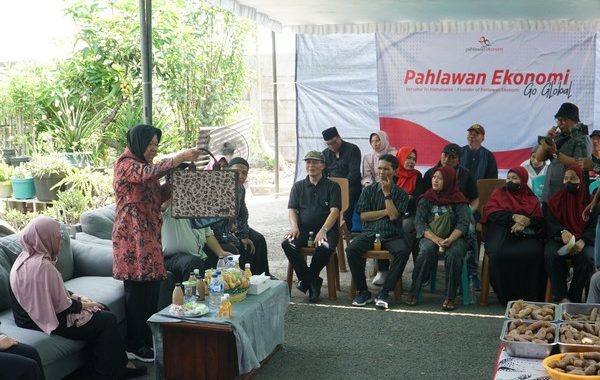Compliments Produced by Male Professionals regarding Relationship and functioning Contexts
Finger Proportion Dimensions
The lengths of the second (2D) and fourth (4D) finger of both hands were measured by two independent research assistants using CorelDraw Graphics Suite X8 from hand palm photos scanned by an Epson V330 Photo scanner. The distance between the mid-point of the ventral proximal crease to the point of fingertip was used to determine the length of a digit. A high inter-rater reliability (Pearson rs: right hand = 0.87, left hand = 0.89, p < 0.001)>
Data Study
To possess a primary investigation exactly how many comments produced by per topic about a couple contexts of your own five differing kinds (M-A; M-NA; L-A; L-NA) was applied. A two-ways ANOVA studies was then did having class context as the an effective anywhere between subject foundation and you may suit method of given that an in your topic foundation. Post-hoc examination playing with Bonferonni modification opposed particular match items about a couple of contexts. Independent t-examination were utilized evaluate ladies studies on the various attributes of one’s metaphorical compliments in the a couple contexts. Getting examining relationships between the additional compliment items and you can male attributes (K-DOCS subscales and you can 2D4D proportion) this new size of every type away from suit made use of had been very first computed of the saying him or her just like the proportions of your webbsida own total number developed by for each subject. Pearson’s correlation and you will a general linear regression model had been then operating. 2nd, a process research (Hayes, 2013) was utilized to understand more about this new moderation aftereffect of perspective and Fisher’s z-shot to explore ranging from-context distinctions each collection of correlations. Investigation on the several work for producing compliments (totally free composing and you will planned) was indeed combined.
To help you get to know variations in selection of compliments by the women in the two contexts how many raters (solitary lady only) exactly who showed that it desired to has actually often a long otherwise brief reference to the male copywriter or a relationship otherwise zero get in touch with was initially computed for every single healthy. Since all of our big notice was in regards to the option of an intimate in the place of a friendship communication and also pair comments (0.05%) turned out to draw a range of an extended-title experience of male creator, new long-name and you may short-term matchmaking alternatives have been joint towards the an individual “romantic relationship” one to. Any suit in which an increased ratio out-of raters made a decision to features a romantic relationship as opposed to relationship to your journalist ended up being thought to be that have effortlessly signaled a romantic attention. Brand new proportion off men sufferers just who produced this type of effective comments is after that compared from the relationships against. operating contexts having fun with chi-squared.
The effect brands for analytical overall performance was basically calculated into the for every single situation: roentgen 2 to possess correlation data ( r pb dos having point biserial relationship), ? p dos to own data out-of variance, Cohen’s d having t-take to, Cohen’s f dos for linear regression research, Cohen’s q to have Fisher’s z-take to, and you will Cohen’s ? to own Chi-rectangular data.
Show
No group differences were found between participants in the two contexts for language proficiency, or on any of the different categories of questionnaires given or for 2D4D ratios (see Table 1). Ratings for the description of the imagined encounter by participants were significantly higher for romance content in the dating context compared to the working one [Mdating ± SE = 4.70 ± 0.147, Mworking ± SE = 3.13 ± 0.218, t(60) = 5.996, p < 0.001,>
A mixed-design 2-way ANOVA with within-subject factor compliment type (M-A vs. M-NA vs. L-A vs. L-NA) and between-subject factor contexts of language use (dating vs. working) was conducted. The mean number of compliment sentences produced by the participants did not differ significantly in the two contexts [mean ± SE: dating context – ± 1.39; working context – ± 1.51, t(61) = ?0.213, p = 0.832, d = 0.055]. The ANOVA analysis revealed a significant main effect of compliment type [F(step 3, 61) = , p < 0.001,>(3, 61) = 6.688, p < 0.001,>dating = ± 1.07, M-Aworking = 7.27 ± 1.05, p = 0.014, d = 0.639, observed power = 70.4%) whereas both metaphorical and literal compliments targeting non-appearance produced by men in the dating context were significantly smaller than in the working context (mean ± SE – M-NAdating = 3.00 ± 0.62, M-NAworking = 5.03 ± 0.61, p = 0.023, d = 0.586, observed power = 62.8%; L-NAdating = 3.19 ± 0.80, L-NAworking = 5.45 ± 0.79, p = 0.048, d = 0.508; observed power = 51%)(see Figure 1).



